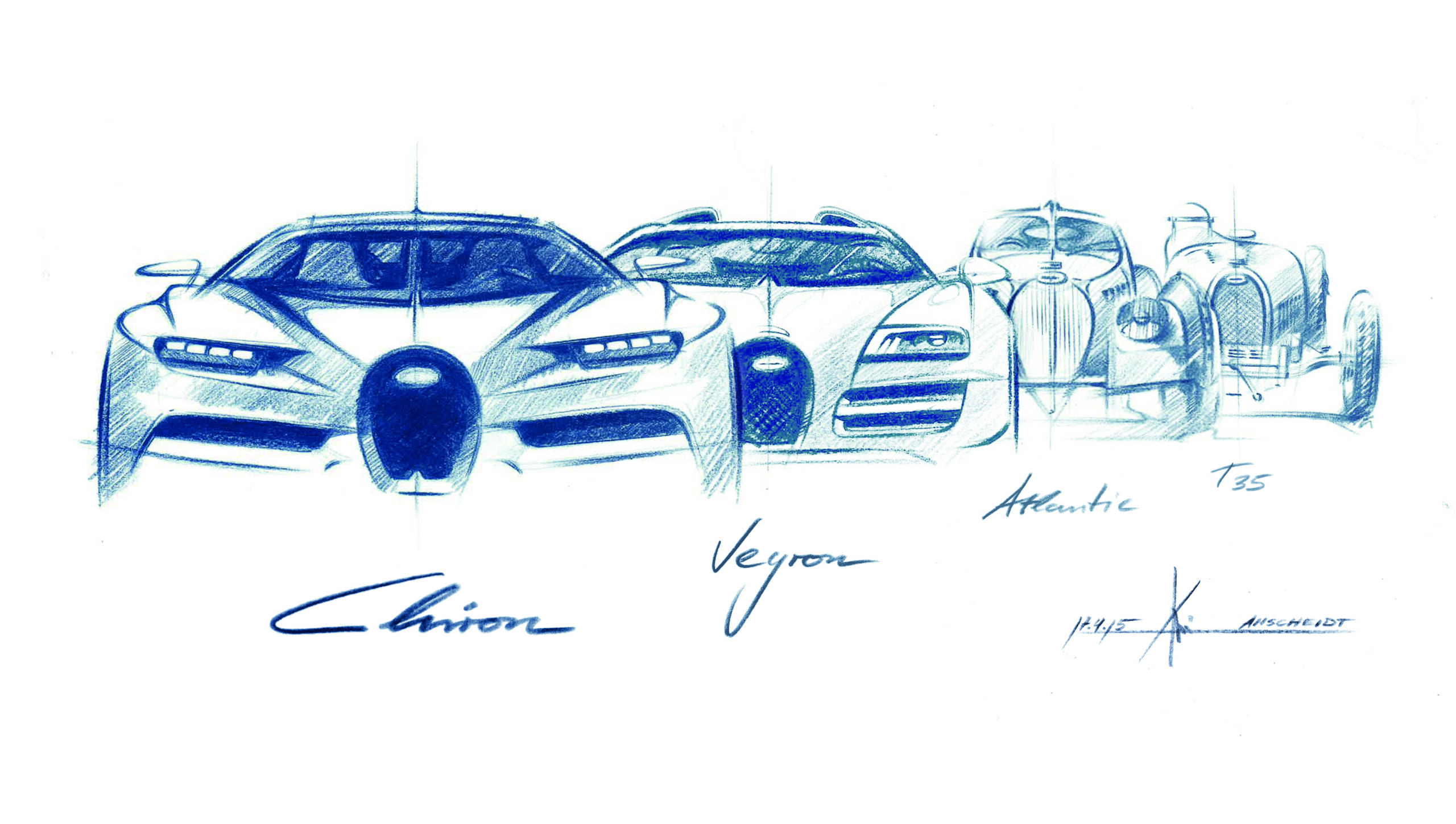Bugatti Design Director Picks the 6 Most Iconic Models of All Time
They were all revolutionary.
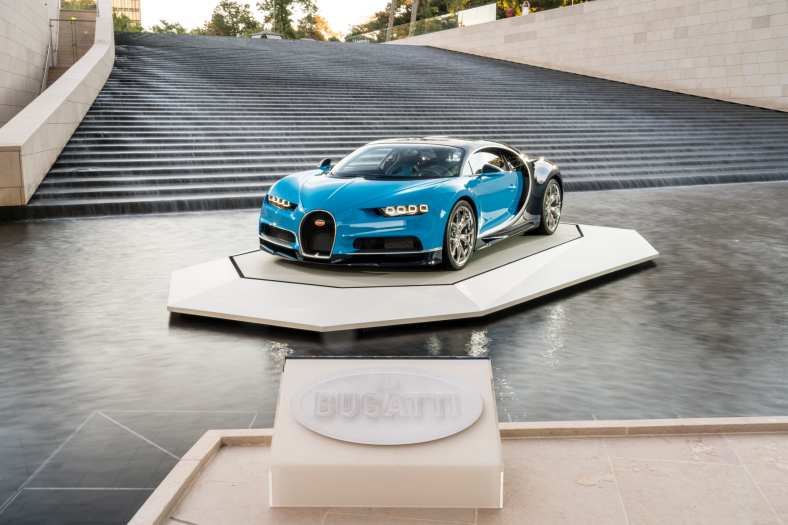
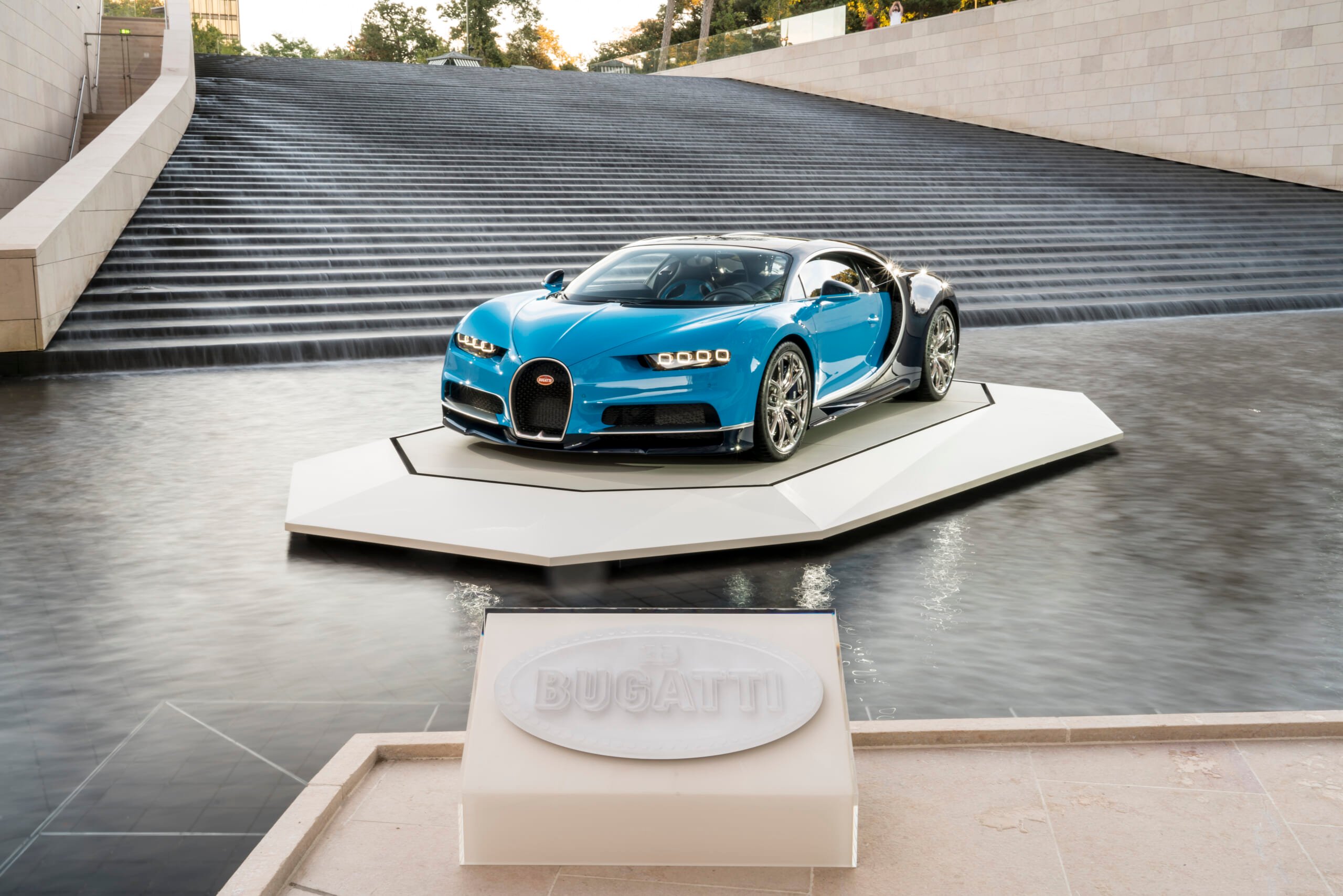
German-born Achim Anscheidt, the son of motorcycle champion Hans-Georg Anscheidt, and a former motocross champion himself, is the man in charge of creating the most exclusive, expensive and powerful cars in the world as Bugatti’s Director of Design, a position he’s held since 2005.
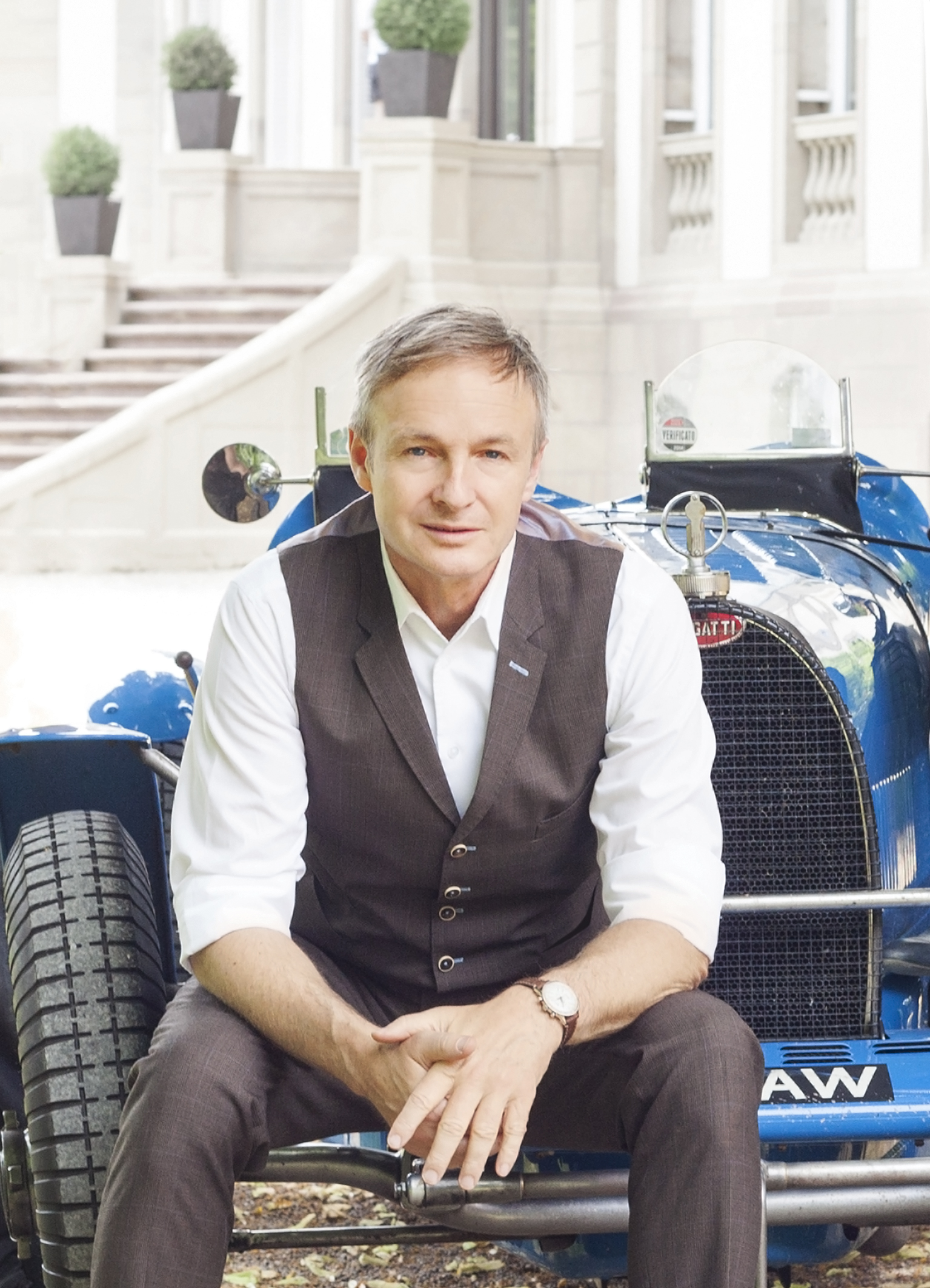
He’s responsible for the design of the Bugatti Veyron 16.4 Grand Sport, Veyron 16.4 Super Sport, Veyron 16.4 Grand Sport Vitesse, the Bugatti Galibier Showcar, the Bugatti Vision Gran Turismo Showcar and the Bugatti Chiron. In his function as Director of Design of the Bugatti brand, Achim Anscheidt was also the author of the Bugatti almanac “Art, Forme, Technique“.
Here in a Maxim exclusive, he shares his picks for the 5 coolest Bugattis of all time—and some never-published design sketches of them—just as a new exhibition celebrating The Art of Bugatti opens later this month at the Petersen Automotive Museum in L.A.
1. Bugatti Type 35
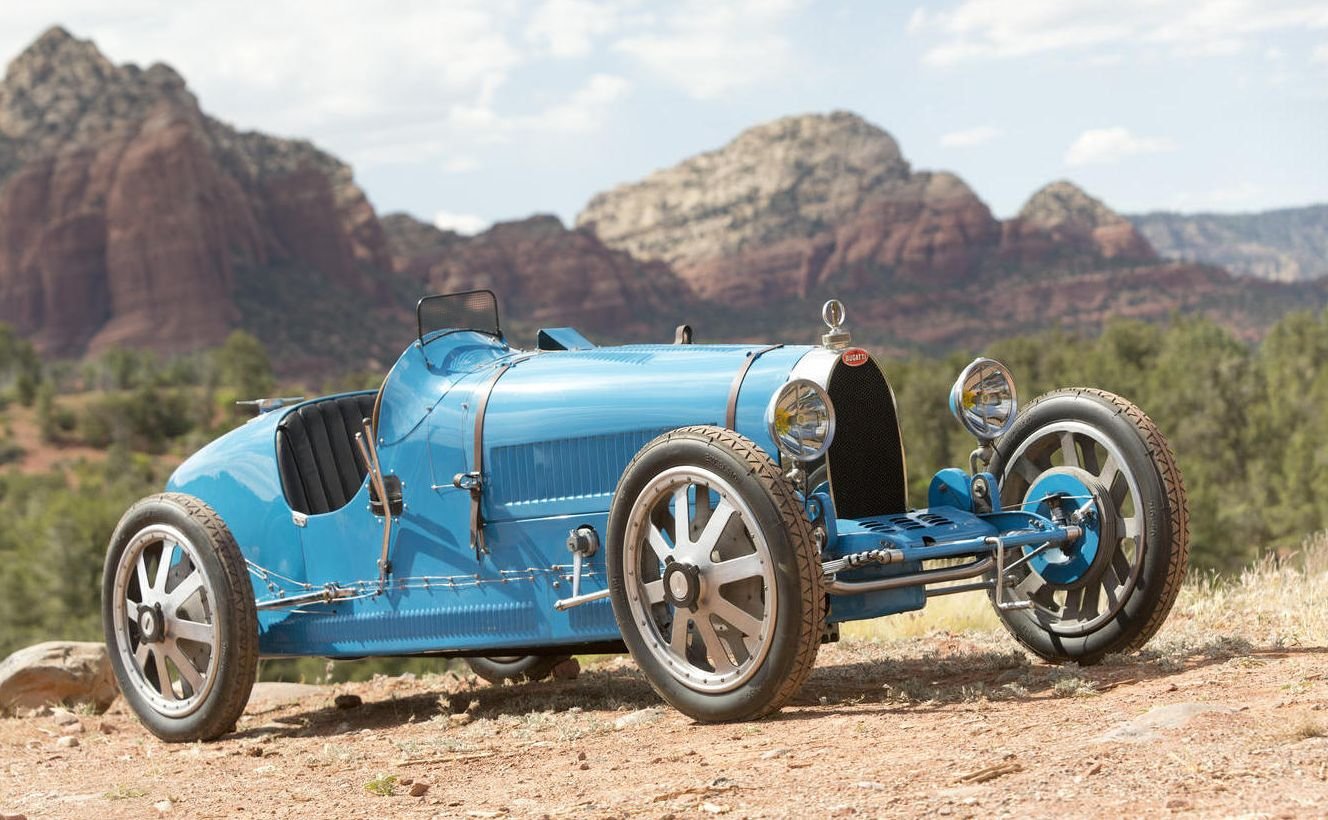
The Type 35 is one of the purest cars ever built for Grand Prix racing, the precursor to Formula One. With over 2,000 victories and podium finishes, the Type 35 is also the most successful race car in automobile history. Beginning in the 1920s, it won all of the most important races for more than ten years, including five consecutive victories at the Targa Florio which, at the time, was considered the world’s most challenging open road race.
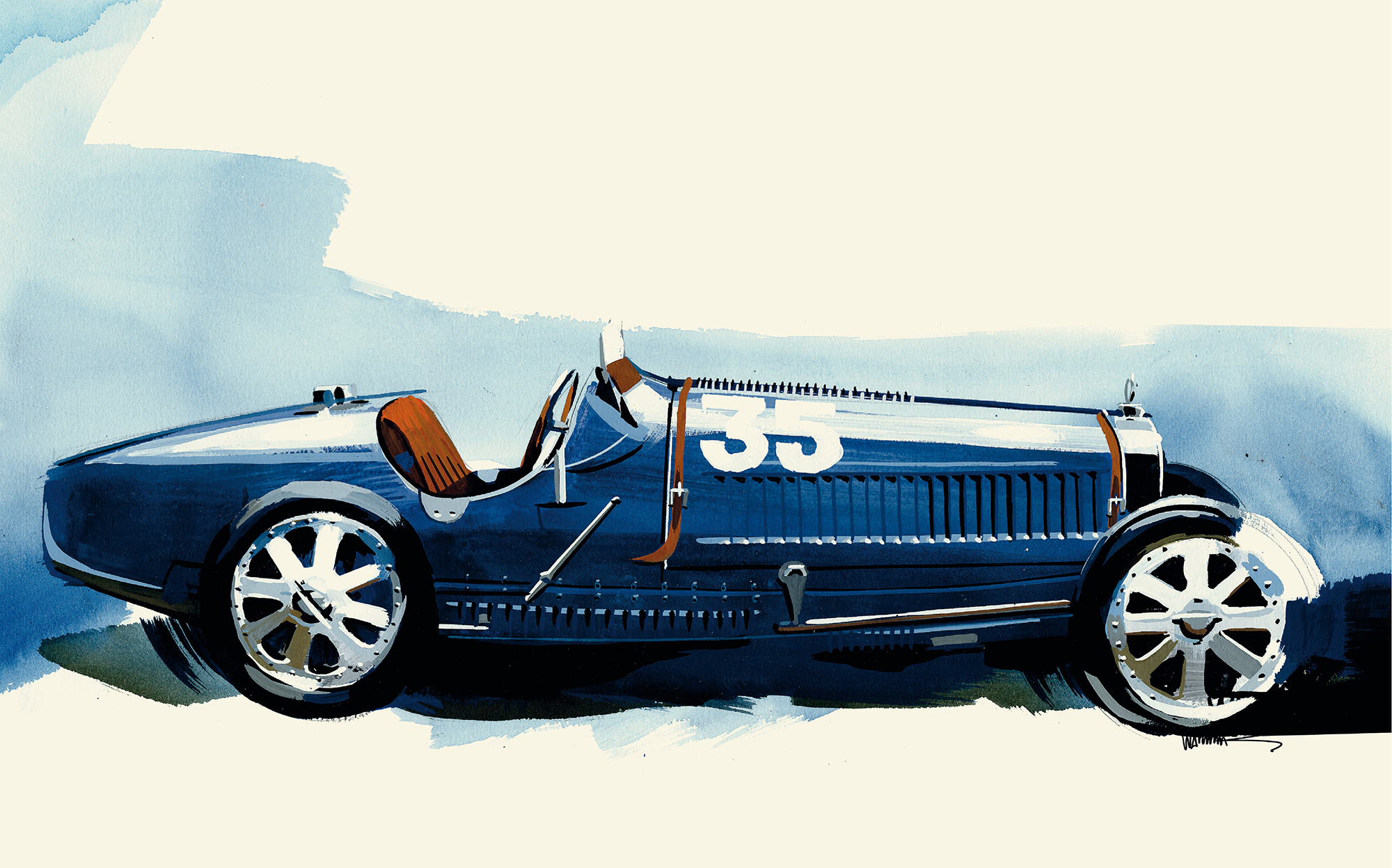
“The Type 35 is the marque’s identifying icon, the ultimate race car of the 1920s, and the car that established the legacy of Ettore Bugatti,” Anscheidt tells us. “The purity in shape and the mechanical beauty show Ettore’s spirit at its best and the sophistication of the Molsheim works of the 1920s.”
In its time, the Type 35 was the only car that could be driven both on the race track and on the streets. It’s powered by a 120 PS 2.3l in-line eight-cylinder engine. Its 750 kilogrammes are distributed perfectly across the axles (50/50), making the car incredibly dynamic.
2. Bugatti Type 41 Royale
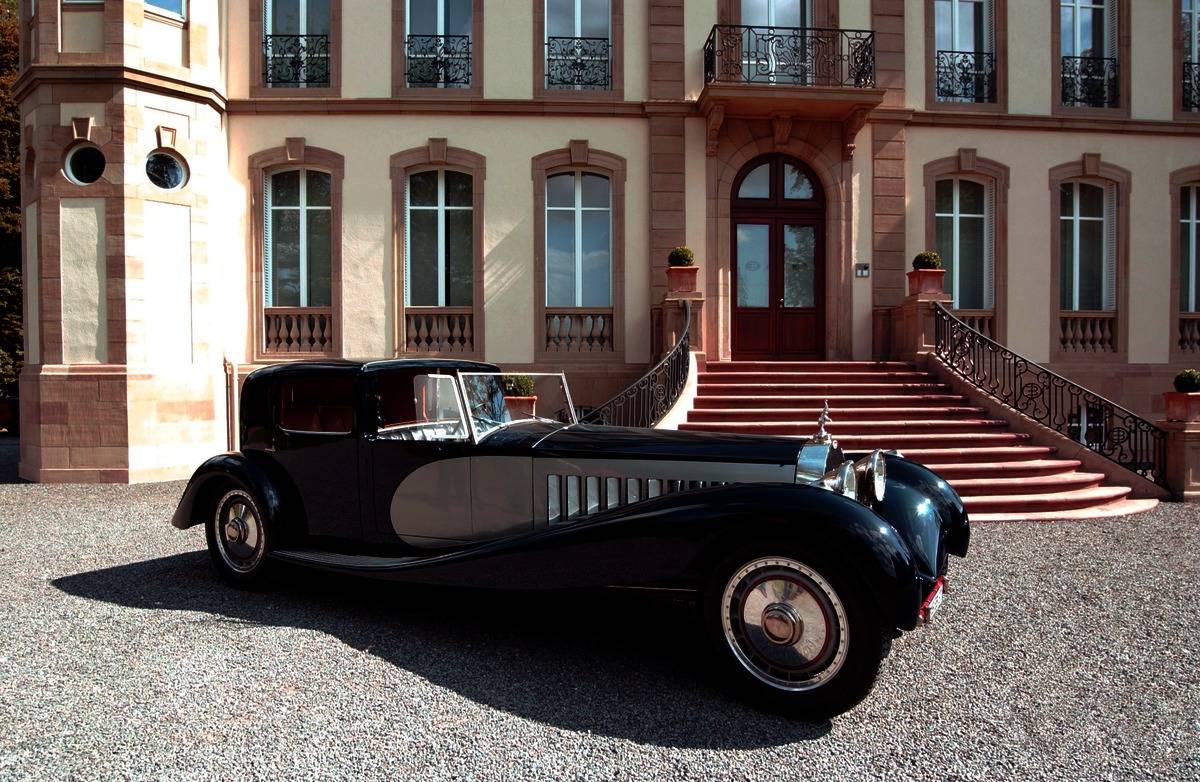
As a young man, Ettore Bugatti had always dreamt of building the most powerful and luxurious production car the world had ever seen. It was not until 1926 that he was able to turn his dream into a reality. With the acclaimed Type 41 Royale, he created a car that was in a league of its own in terms of performance, size, comfort, quality and elegance. Only six vehicles were built, and all of them still exist today.
“The Type 41 Royale was to be the most exclusive, impressive and luxurious automobile of its time,” Anscheidt says. “In proportion, it is an astounding land yacht on wheels, designed for the royal automotive appearance of Kings and Queens.”
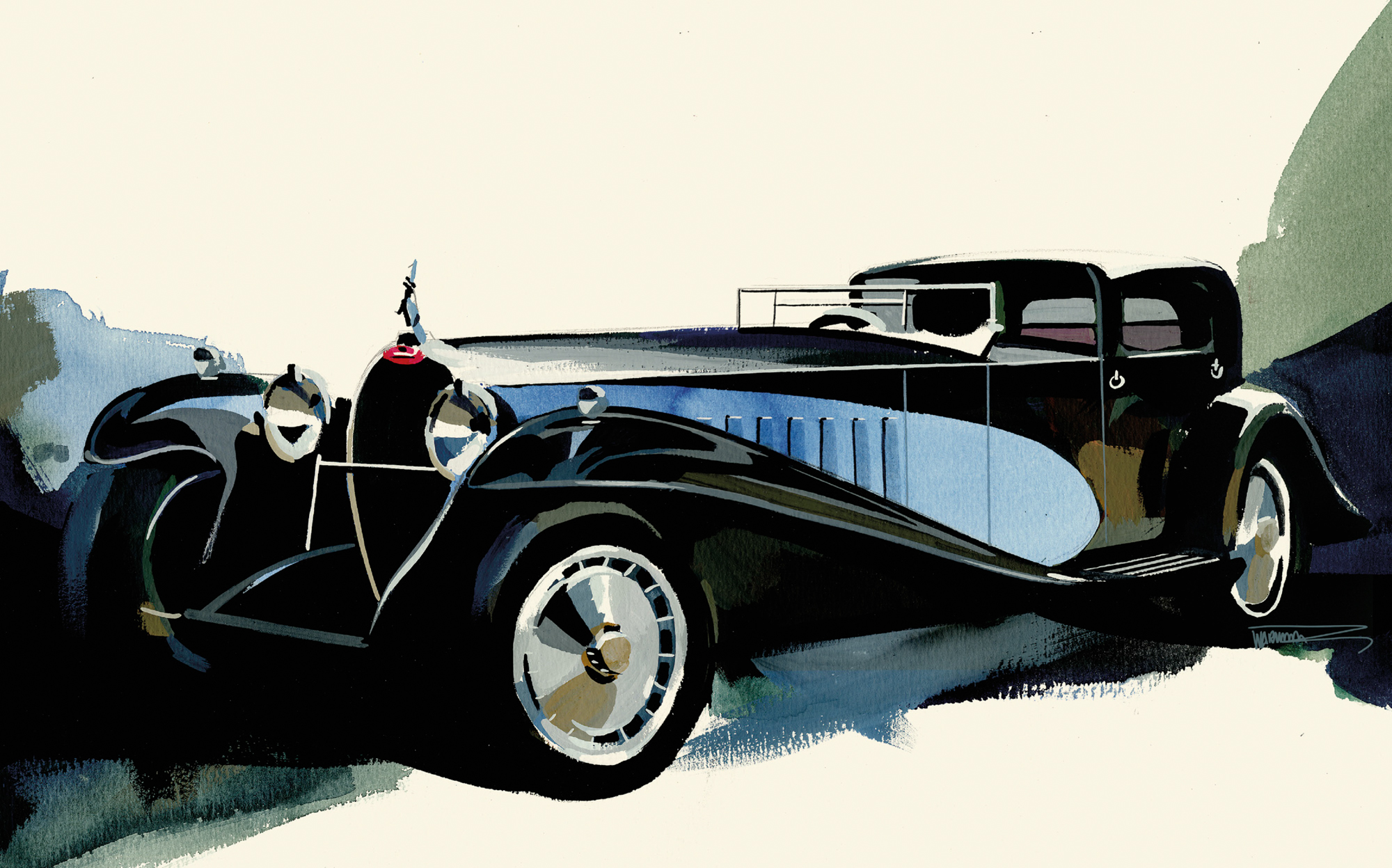
For its prototype, Ettore designed an 8-cylinder in-line engine with an overhead camshaft, a capacity of almost 15 liters and a massive engine block. The production version had a 12.7-liter engine producing around 295 hp at less than 2,000 rpm. The Royale is also regal in size: Measuring approximately 6.5m long and 4.3m across the wheelbase, it weighs around 3 tons (approx. 6,600 lbs.) and boasts a 190-liter tank.
3. Bugatti Type 57 SC Atlantic
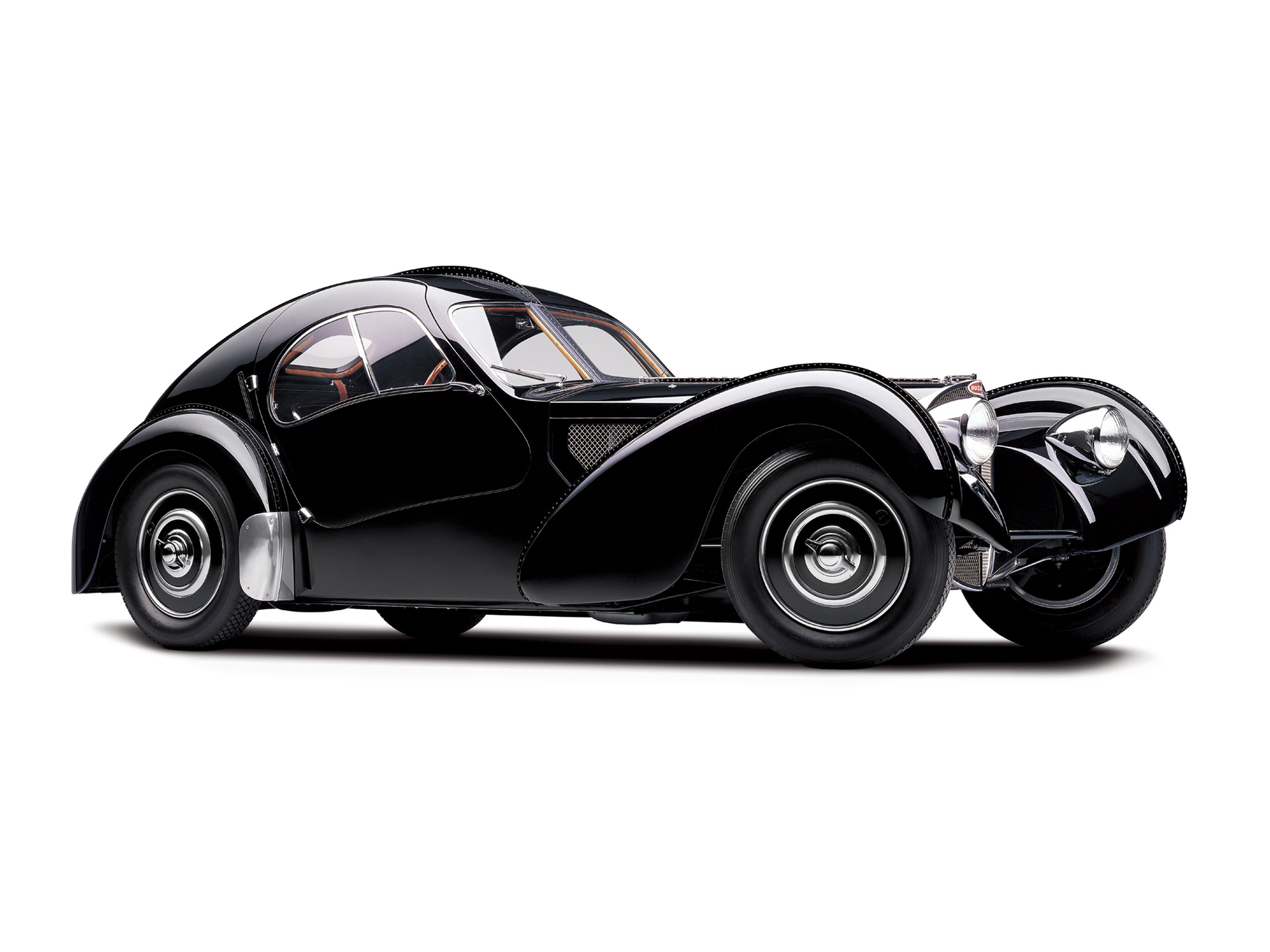
Just four Type 57SC Atlantic vehicles in total were built between 1936 and 1938. Only two of these vehicles still exist today in their original condition (one is owned by Ralph Lauren). The Atlantic is the most famous version of the Type 57. At the time, Jean Bugatti wanted to offer a motorsport version of the standard model, thereby resulting in production of the SC version (SC stands for supercharged).
“The Type 57 SC Atlantic is the masterpiece of Ettore’s son Jean Bugatti,” Anscheidt tells us. “It is proof of his great stylistic talent and his understanding of the marque’s characteristics ‘Art, Forme and Technique.’ This car is easily the most valuable automotive marvel in the historic car collector’s world. And in stylistic terms, the Atlantic is the most important pre-war icon of the brand.”
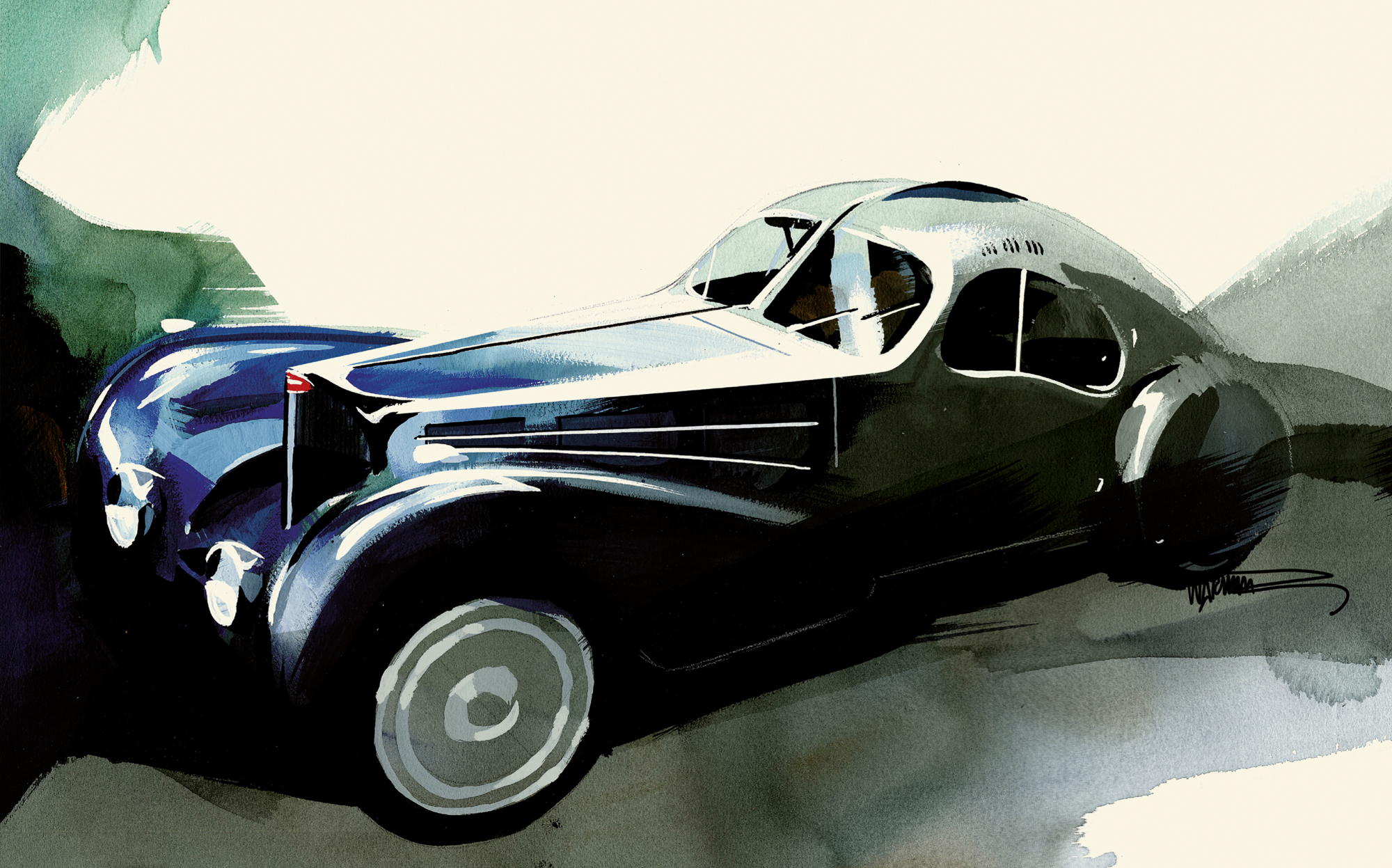
Intended to be extremely light and aerodynamic, aluminum was the material chosen for the Atlantic, with a clearly accentuated dorsal seam which runs at a right angle from the windscreen to the rear bumper and effectively welds the two halves of the aluminum body together. This element continues to play a fundamental role in the vehicles designed by Anscheidt today.
The sport coupé was equipped with a straight-eight engine with 3,257 cm³ displacement, which produced almost 200 hp. However, even though it was able to reach speeds of over 125 mph at the time, it was never entered into a race.
4. Bugatti Veyron 16.4
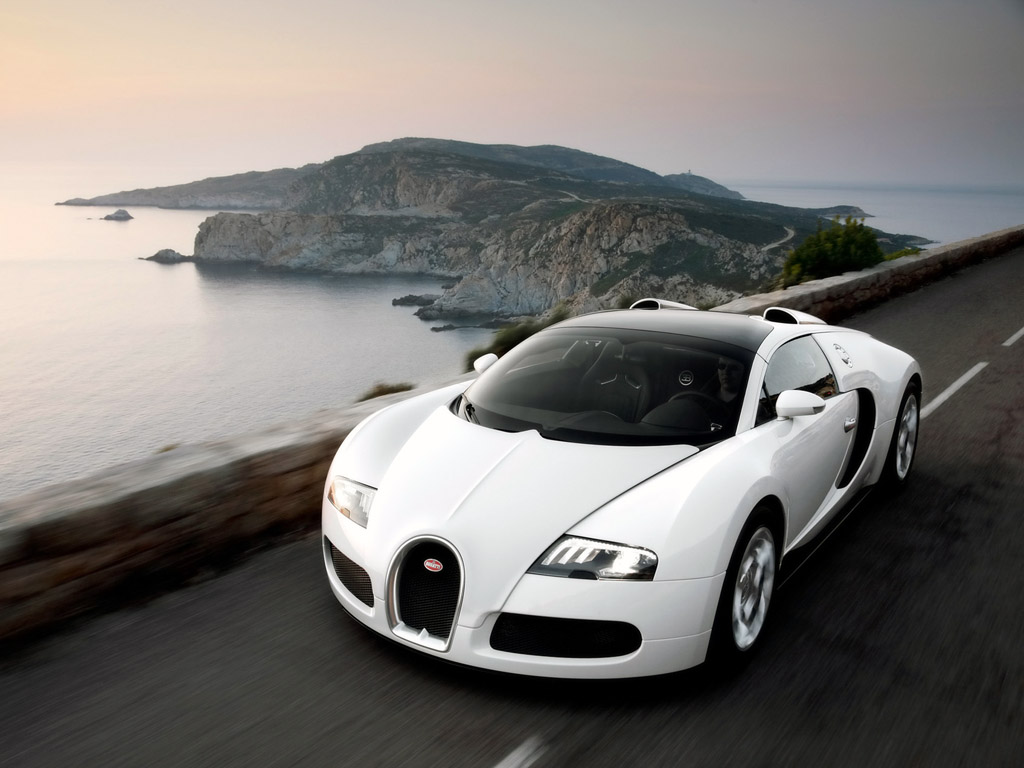
“The development of the Bugatti Veyron represented one of the greatest technical and engineering challenges ever overcome in automotive history,” the company says. At the time, Bugatti developers were faced with four key specifications: The car had to transfer more than 1,000 hp onto the road, achieve a top speed in excess of 250 mph, accelerate from 0 to 62 mph in less than three seconds and—the biggest challenge of all—still be suitable for ‘driving to the opera’ in comfort and style.
“The Veyron 16.4 created its own hypercar segment with a price tag of over one million Euros,” Anscheidt says. “It also marked the return of the brand with an iconic design statement and breathtaking performance numbers at the time it was launched in 2005: 1,001 hp, 1,250 nm of torque and a top speed above 250 mph.”
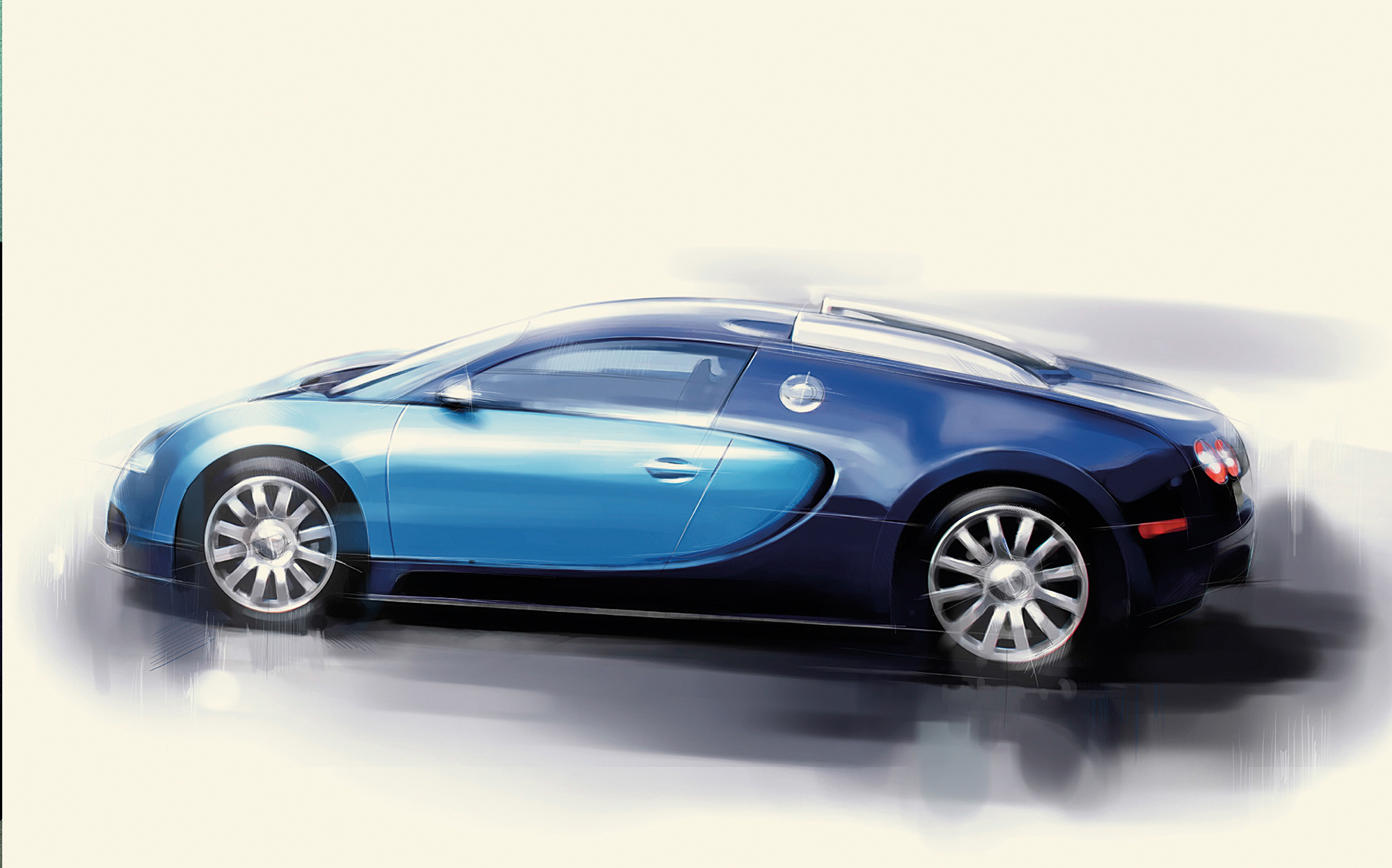
In addition to its stunning performance, it is this everyday practicality and suitability for comfortable, luxurious travel which makes the Veyron so unique, and which sets it apart from all other supercars and hyper cars on the market. This combination has proven to be a recipe for success. All of the planned 450 vehicles have now been sold: 300 coupés and 150 open-top super sports cars.
5. Bugatti Vision Gran Turismo
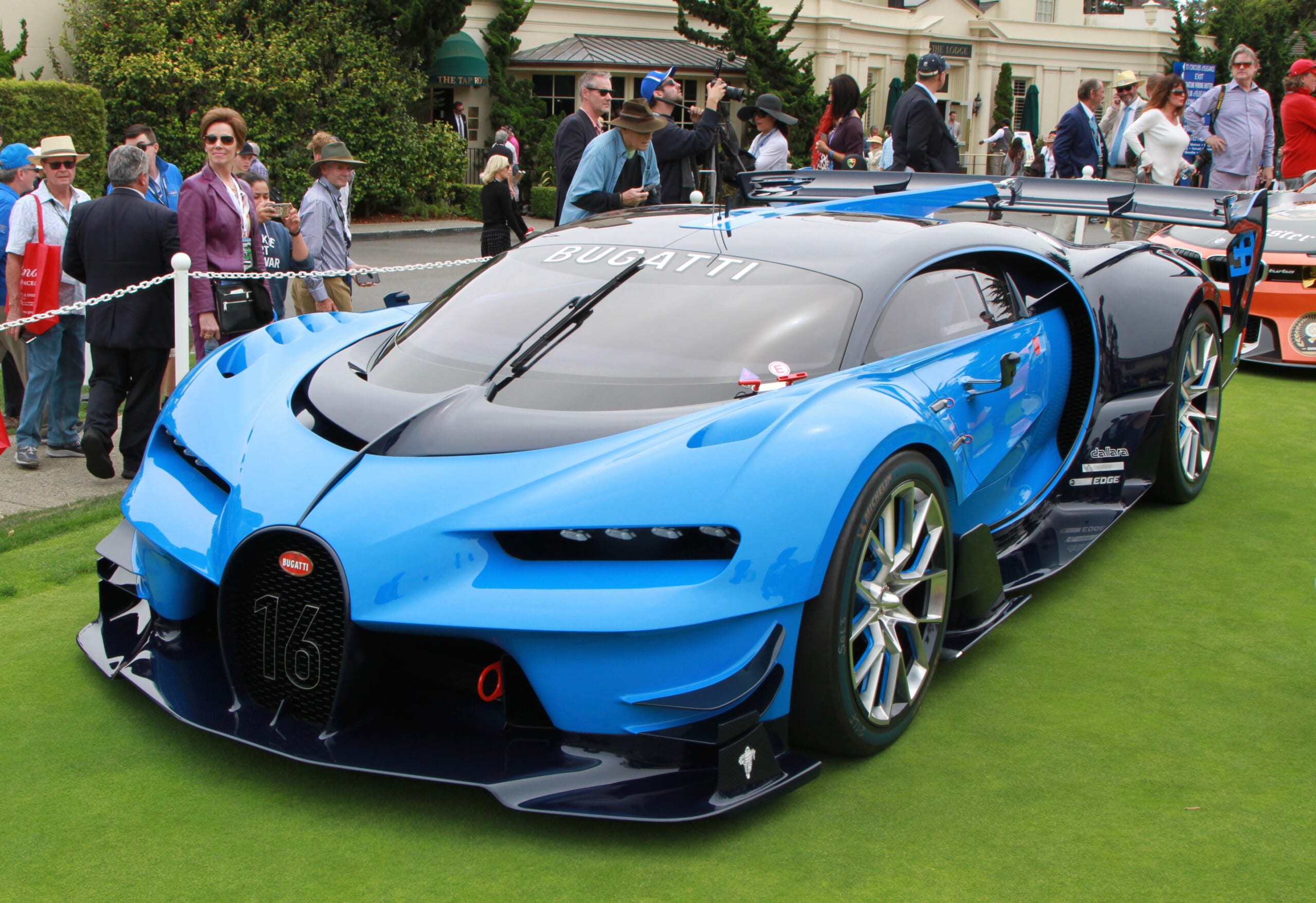
After the successful completion of the Veyron era, Bugatti opened a new chapter in its corporate development at the 66th Frankfurt Motor Show 2015. The virtual project Bugatti Vision Gran Turismo, which was exclusively developed for the video game franchise, was the first step in the journey to the Chiron. With the project, the highly exclusive brand made itself accessible to a large group of people of all generations—the gamers and high performance aficionados of the car world.
“The 2015 Vision Gran Turismo was the very first glimpse into the stylistic future of the marque after the Veyron,” Anscheidt says. “Even though the project performs only as a virtual race car in the PlayStation video game Gran Turismo Sport, it truly speaks from the heart of many fans as well as Bugatti owners.”
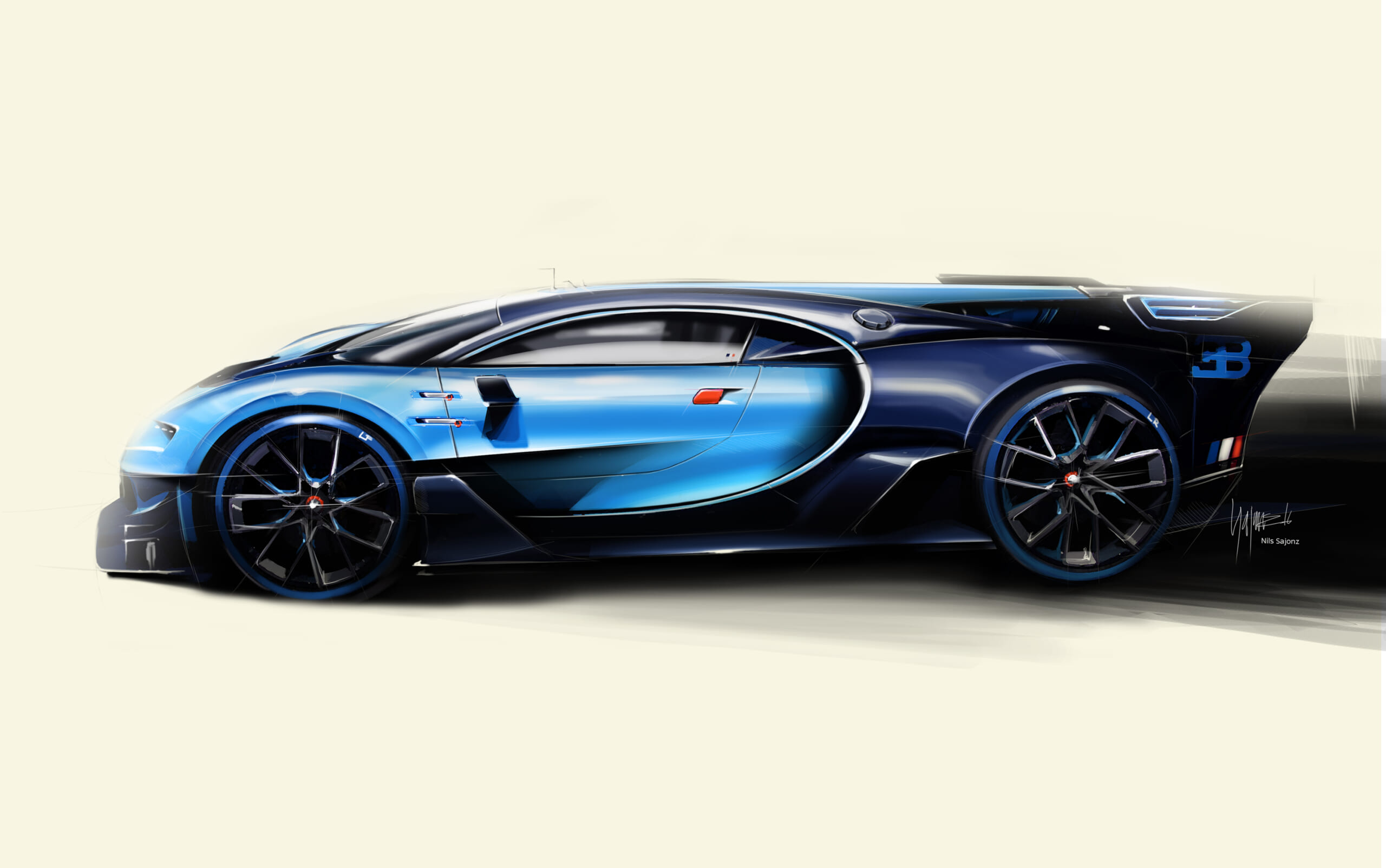
At the same time Bugatti Vision Gran Turismo gives an outlook of the future form and design language of the brand, which was developed to celebrate the next chapter, the world’s most powerful, fastest, most luxurious and most exclusive production super sports car. Especially for the Frankfurt Motor Show, Bugatti turned the virtual Bugatti Vision Gran Turismo project into a real show car.
6. Bugatti Chiron

With the Chiron, Bugatti has developed the world’s most powerful, fastest, most luxurious and most exclusive production super sports car. With a power output of 1,500 hp, unprecedented for a production vehicle, torque of 1,600 Nm at 2,000 to 6,000 rpm and many technical innovations, the Chiron sets standards in every respect. Its maximum speed, limited for road use, is 260 mph. The Chiron is being produced in a limited series of 500 cars. The base price is €2.4 million (about $2.8 million).
“In view of our extraordinary brand and the task in hand, it would not be adequate to simply draw a few fashionable lines,” says Anscheidt. “In terms of design, the Chiron was an opportunity to develop most of the basic elements required for an unambiguous stylistic concept from the extreme technical requirements of the vehicle. This principle of ‘Form follows Performance’ defines the Chiron as an authentic technical product and a fascinating automobile sculpture. Both for our customers and for us as designers, it is important for a Bugatti to have a certain stylistic longevity so that it is still perceived as precious in 10 or even 50 years.”
